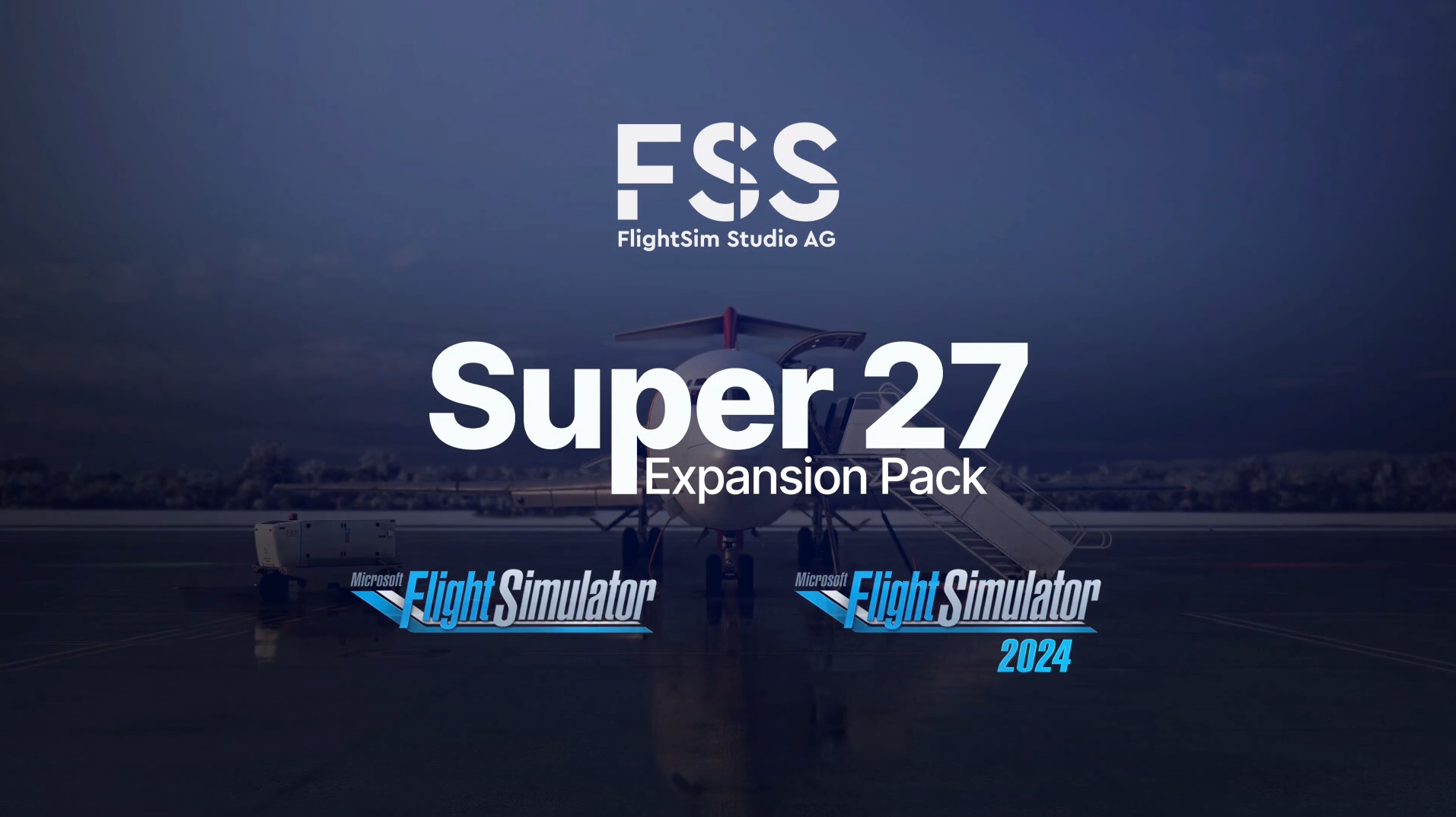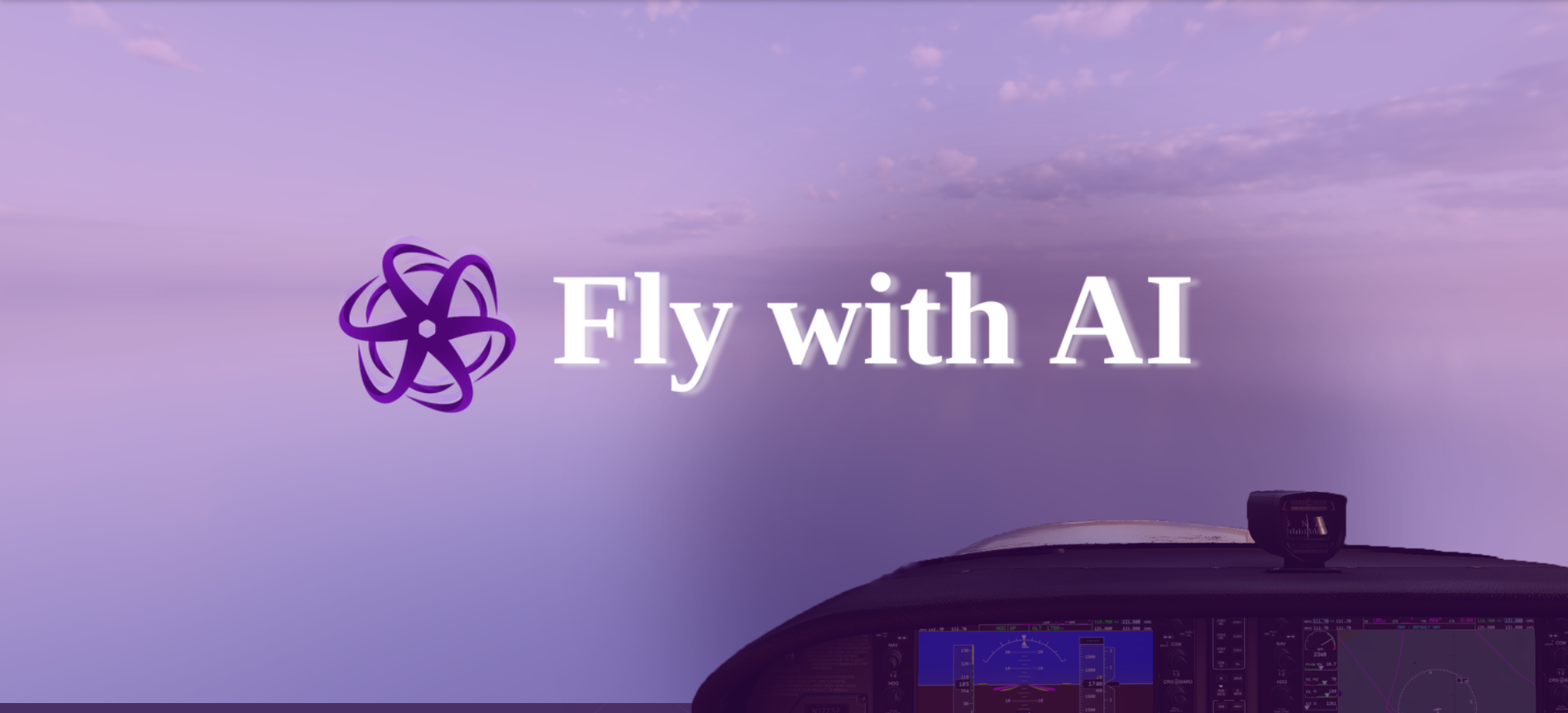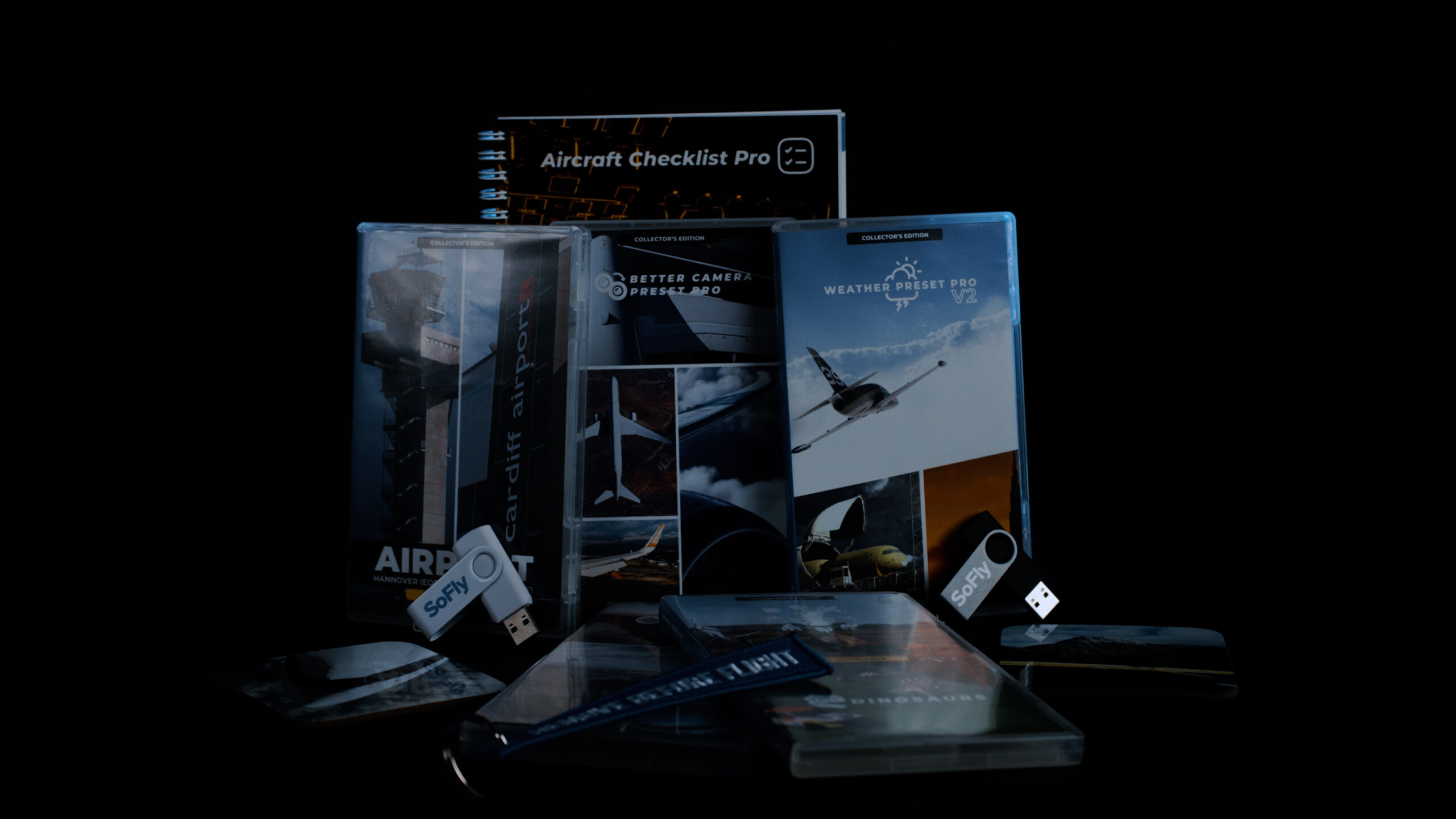Fenix Simulations has taken to their website to share a blog post regarding the upcoming Expansion Pack, which will bring both the A319 and A321 series to Microsoft Flight Simulator.
The blog post starts by saying that it is now a good time to start previewing the expansion pack in official manner. So far, we have only had small sneak peeks of these two new planes. The blog post then continues to introduce the history of how the A320 family came to life, and the differences between each variant, both visual and performance-wise.


Moving on to the real deal, the software package was put together to simulate the A319 and A321 as realistically as possible. The A319 and A320 share the fuel systems, and the A321 has minor differences, including the type of fuel pump.
This results in a different fuel pump logic, as transfer jet pumps replaced the electrical centre tank pumps. These use motive flow to extract fuel from the centre tank and transfer it to the wing tanks. The A321 also does not have split fuel tanks in wings, resulting in one large tank per wing, instead of two segments per wing as in the A319 and A320.

Such difference results in more than visual work, as Fenix also simulates the fuel itself in the tanks. In unusual cases, they behave significantly differently, too. If the electrical supply to the fuel pumps fails in the A320, this will result in the engines not getting any fuel. However, the A321 can gravity-feed its engines.
Another difference between each variant is the ECAM display. The data driven to the ECAM display are manipulated by ECAM System Logic Data, about 6000 pages of information. The ECAM has thousands of sensors, and it is the central nervous system of the entire aircraft. Some of these messages are unique to the A321 or the A319.
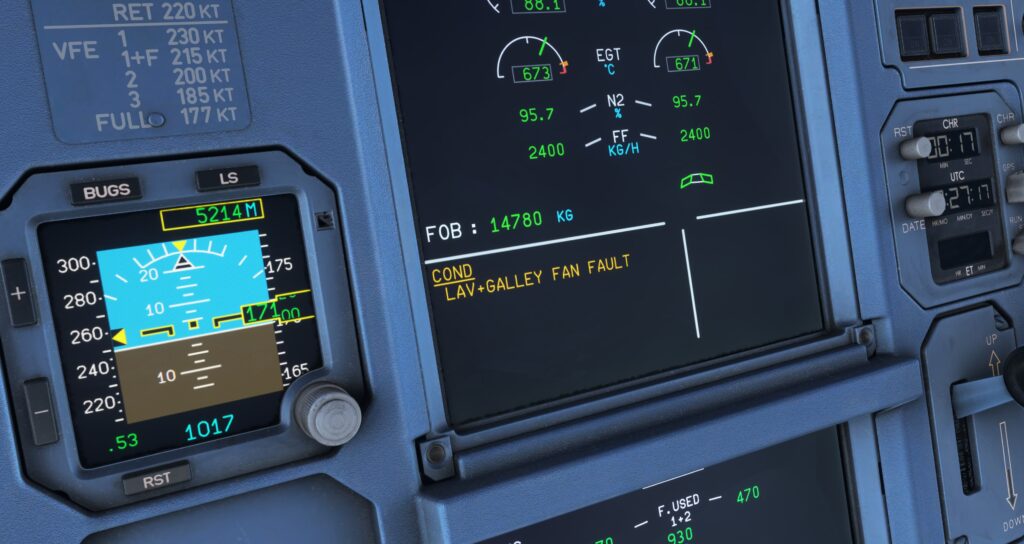
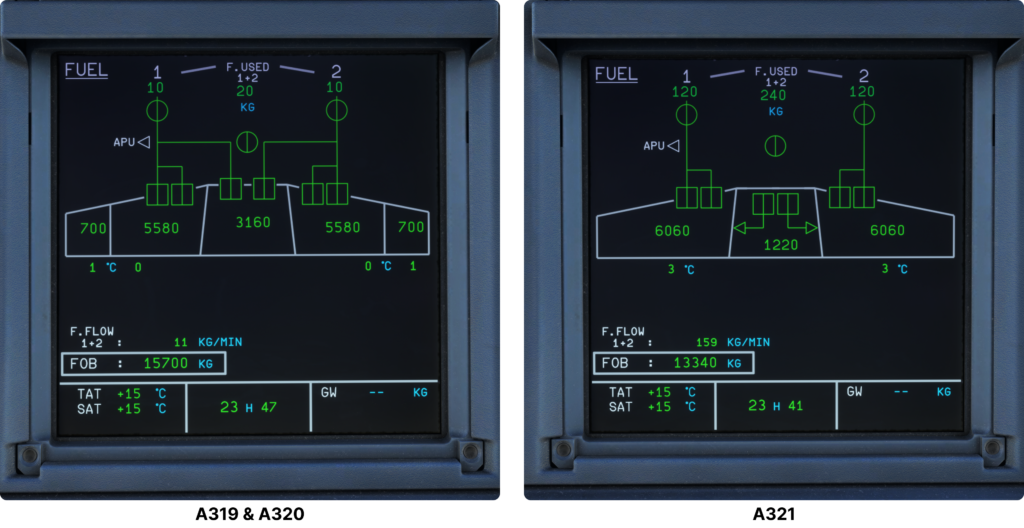
The individual computers that manage the elevator, aileron, spoilers and flight augmentation are all altered to behave differently with the A319 and A321. This includes spoiler deflection angles, inhibition rules, roll-spoiler relationships and more.
Moving on to the cosmetic things, the Fenix Simulations team has confirmed that the cabin announcements now support the A319 and A321, with specific callouts, such as the welcome on board our A319 aircraft.
The brake temperature simulation also behaves differently on each variant, based on the different aircraft weights. The A321 will need more braking power and is more prone to overheat over the A319 and A320, while the A319 will not need as much braking power. The Brakes Hot ECAM warning will trigger after 260 degrees on the A321 rather than 300 on the A319 and 320.
Different flap limits and v-speeds were updated in the FMC and the FWC, as well as the visual decals in the cockpit. Moreover, each aircraft has its own GSX profile, ensuring seamless integration.
The Fly By Wire systems and flight model have received many improvements as well, and each aircraft is going to behave differently. This will ensure more variety of flying capabilities, making the flying of Airbus series aircraft less stereotypical for us, virtual pilots.
The change in the flight model was also pushed by the community, as some people have been experiencing input lag. For some pilots, it took as much as 300 ms to calculate control values in the Fenix A320. The rewrite of the code resulted in 100 times faster calculations.
The change in the flight model resulted in a change of Fly By Wire systems. A change here is always needed when the team fine-tunes the flight model. However, this time, it needed a massive remake, and protection PIDs are now running at 50 times lower gain value than before. The retune also includes the autopilot.
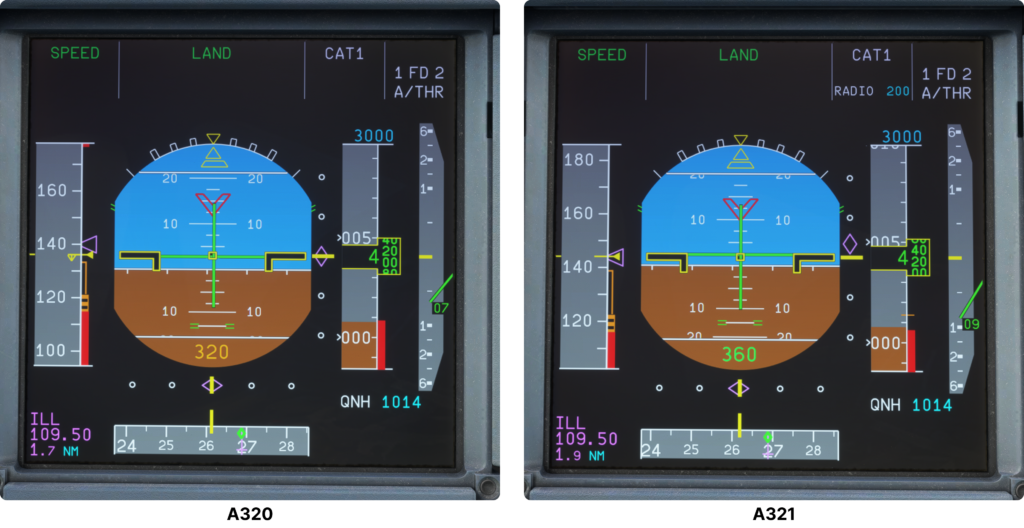

The Fenix team also fine-tuned the flare model, as they feel that the aircraft is too floaty. Thus, Fenix externalised the ground effect portion of landing dynamics into their control.
The changes done to the autopilot, Fly By Wire and flight dynamics are also going to be available to those who are not interested in getting the Fenix A319 and A321 expansion.
The aircraft series now also has different engine variants. Each of these behaves differently. Each airframe will have its own thrust ratings. Intensive testing of each variant then resulted in a very accurate recreation of the real-world counterpart of each aeroplane in the series.

No further information has been shared yet about the upcoming A319 and A321 Expansion Pack. However, if you would like to read more, take a look at our coverage of Fenix’s previous development update.
Feel free to join our Discord server to share your feedback on the article, screenshots from your flights or just chat with the rest of the team and the community. Click here to join the server.

